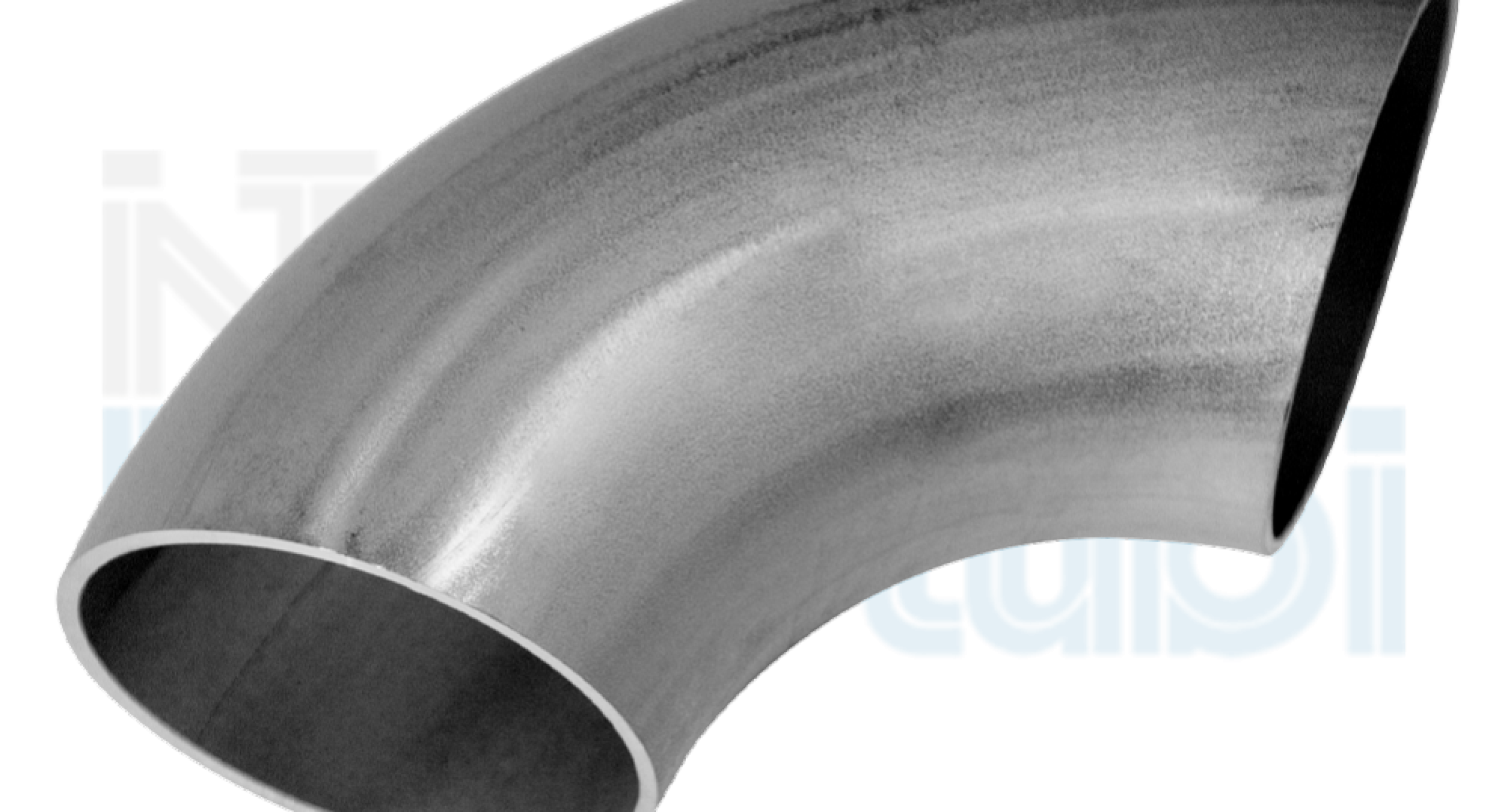Welding elbows are fundamental components within water systems as they allow the connection between pipes on different levels and in different directions, allowing the flow not to be interrupted but rather directed towards the desired user.
The dimensional and construction characteristics of these components are not complex and the aspect to take into consideration most are the welding methodologies and the related parameters. In fact, the choice of unsuitable speeds or temperatures, as well as methods that are not easy to apply, can lead to non-resistant connections which over time can undergo breakages, losses or damage which compromise the structural stability of the system and the building in which ones are located.
What happens to the material when welding occurs?
Welding is a process that requires the development of a sufficient and localized quantity of heat in the joining area between two different components. Although the methodologies that we will see later present various characteristics, three different areas can usually be distinguished:
- the fusion zone: it is where the actual welding takes place between the two materials with the total fusion of the material and, sometimes, with the addition of the filler material which changes the chemical and resistance characteristics.
- the thermally altered zone: it is the area that does not undergo the melting process but in which temperatures develop such as to modify the microstructure of the steel.
- the base material: it is located at a sufficient distance from the bevel and has the characteristics of the starting material, less than a tolerable difference delta.
The most widespread types of welding
Whether it is elbows to be welded or other components that undergo the welding process, there are numerous variations of the process, each with advantages and disadvantages. The main ones are reported below:
- oxyacetylene welding: welding is carried out without the use of electricity but by exploiting the reaction that develops between acetylene and oxygen to develop heat;
- welding with coated electrode: the heat is generated by the creation of an electric arc that is generated between the steel and the metal electrode. It is the most widespread type of welding globally.
- submerged arc welding: also in this case the heat is generated by an electric arc but the main difference is that the fusion pool and the arc are not visible because they are covered by the flow.
- TIG welding: it is an electric arc welding in an unarmed atmosphere generated by the gas that comes out of the welding gun itself.
- MIG welding: unlike TIG welding, the electrode is made up of a fusible wire which acts as filler material.
- laser welding: it is a type of welding in which heat is developed using a laser. It is a very precise type in which the weld seam is very localized.
-> our
ANSI B16.11 socket weld fittings
-> our
ASME B16.9 welding fittings
-> our
EN 10253 welding fittings
